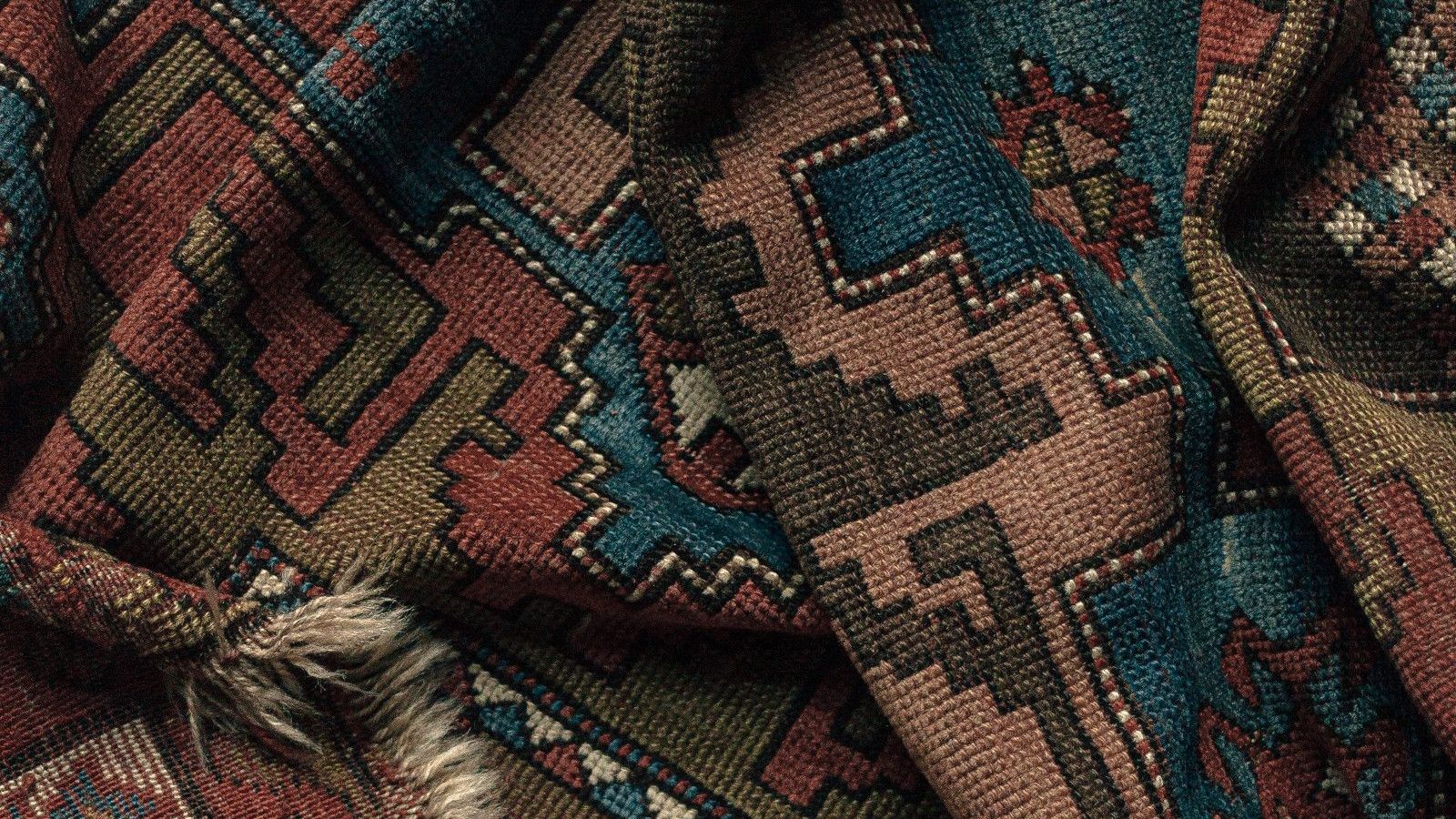The Art of Knotting Ancient and Modern Rugs
The Evolution of Rug Making and the Importance of Specialized Care for Cellulose Fiber Rugs
The Art of Knotting Ancient and Modern Rugs
The Evolution of Rug Making and the Importance of Specialized Care for Cellulose Fiber Rugs
The rich history of rug making is a testament to the enduring appeal of these functional and decorative pieces. From their ancient origins to modern innovations, rugs have evolved in terms of materials and techniques, while continuing to express cultural heritage and artistry. Among the most notable developments in recent decades is the growing use of cellulose fibers in rug production, reflecting a commitment to sustainability and eco-friendliness. However, these fibers require specialized care to maintain their appearance and longevity. In this article, we will delve into the world of rug knotting, exploring the materials and techniques employed in both ancient and modern rugs, with a particular focus on the unique care requirements of cellulose fiber rugs. At RevitaRugs, we recognize the importance of preserving these textile treasures and offer decades of expertise in caring for a wide variety of rug types.
Introduction:
The art of rug knotting dates back thousands of years and continues to be a cherished form of artistic expression worldwide. Ancient and modern rugs not only add warmth and comfort to the spaces they occupy but also bear witness to history, tradition, and the craftsmanship of weavers. In this article, we will explore the techniques and materials used in knotting ancient and modern rugs, including the growing trend of using cellulose fibers over the past few decades and their specific care requirements. At RevitaRugs, we understand the importance of preserving these textile works of art and offer decades of experience in handling every type of rug.
I. Knotting of Ancient Rugs
Knotting Techniques
The art of knotting ancient rugs has evolved over the centuries, but the basic techniques have remained the same. The two main knotting techniques are the symmetrical (or Turkish) knot and the asymmetrical (or Persian) knot. The symmetrical knot is formed by wrapping the warp thread around two adjacent weft threads, while the asymmetrical knot is wrapped around only one weft thread.
Materials Used
Ancient rugs were primarily made from natural fibers such as wool, cotton, and silk. Wool was the most common material, valued for its durability and long-lasting nature. Silk, on the other hand, was used to create luxurious and fine rugs, while cotton was often used for everyday rugs.
II. Knotting of Modern Rugs
Knotting Techniques
The knotting techniques used for modern rugs are similar to those of ancient rugs, with the addition of some technological innovations. For example, mechanical looms have replaced hand looms, allowing for faster production and lower costs. However, hand-knotted rugs maintain a higher value than mechanically produced rugs due to their uniqueness and the artisanal skill employed.
Materials Used
Both natural and synthetic materials are used for modern rugs. Wool and silk continue to be employed, but they are joined by synthetic fibers such as polypropylene, nylon, and polyester. These synthetic materials offer greater stain resistance and are easier to clean, making them suitable for high-traffic areas.
In recent decades, there has been a growing trend to produce rugs using cellulose fibers, including jute, viscose, lyocell, hemp, and bamboo silk. Cotton, which was not commonly used in the past, has also become popular for the warp and weft of rugs, and as a cellulose fiber, it is part of the recent trend in rug making. These fibers are derived from plants and are known for their sustainable and eco-friendly properties. Rugs made from cellulose fibers often have a soft and luxurious feel, similar to traditional silk rugs but at a more affordable price point.
III. Rug Care and Maintenance: The Importance of Specific Treatment
Each type of rug requires specific cleaning, especially cellulose fibers
Since each rug is made with different materials and techniques, it is crucial to follow a specific approach for cleaning and maintenance. Cellulose fibers, in particular, require special attention and care, as improper cleaning can cause them to turn yellow. For example, silk rugs require gentle cleaning and particular drying methods to preserve their beauty and integrity. Similarly, wool rugs need proper treatment to prevent damage to the fibers and maintain their longevity.
RevitaRugs' Decades of Experience in Rug Care
At RevitaRugs, we take pride in our decades of experience in the care and maintenance of every type of rug. Our team of professionals is highly trained and up-to-date on the latest rug cleaning techniques and products, ensuring excellent results and maximum customer satisfaction.
Whether it's an invaluable antique rug or a modern synthetic fiber rug, we treat each rug with the utmost care and attention. We use eco-friendly cleaning methods and gentle products to ensure that your rug is cleaned and sanitized without damaging the fibers or colors.
Conclusion
The art of rug knotting is a cultural heritage that spans centuries and continues to evolve with new materials and techniques, including the use of cellulose fibers. To preserve the beauty and value of these textile works of art, it is essential to rely on experienced professionals for rug care and maintenance. RevitaRugs is proud to offer high-quality cleaning and restoration services for every type of rug, from traditional to modern and eco-friendly materials, ensuring the preservation of your investment for years to come.
Hamid Zarei




